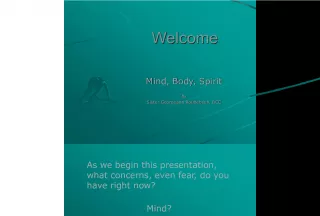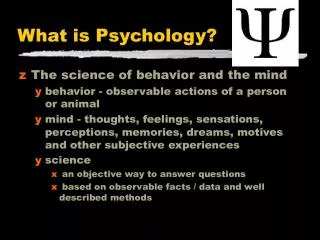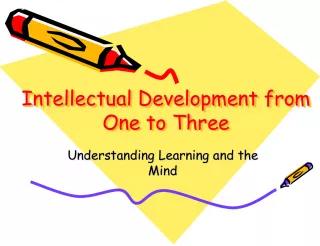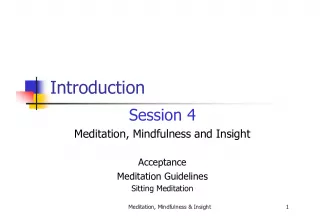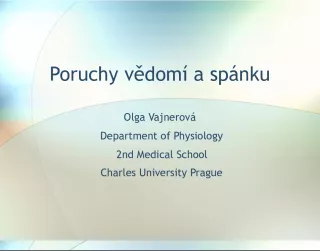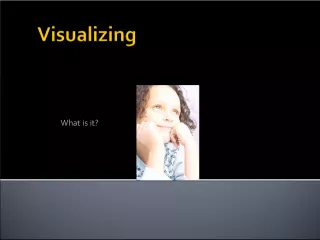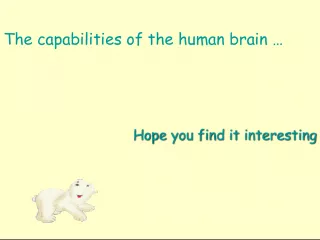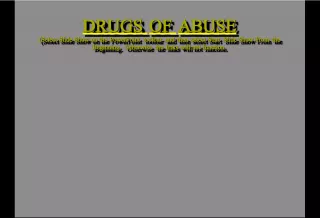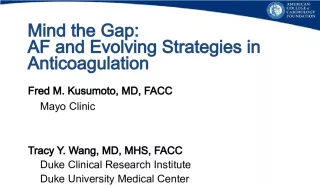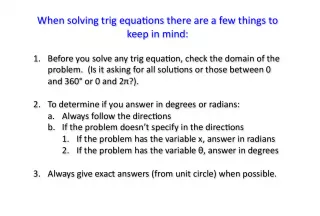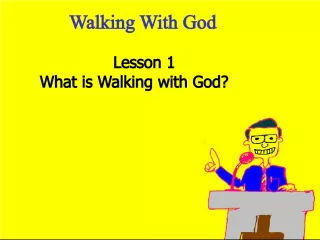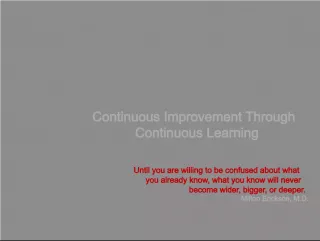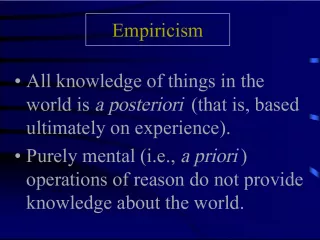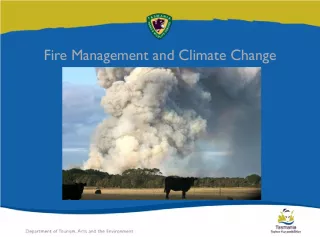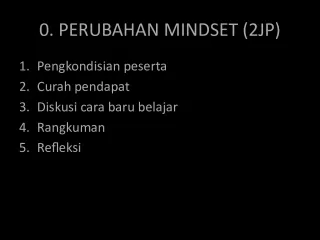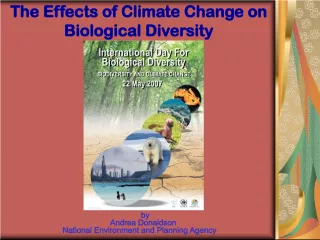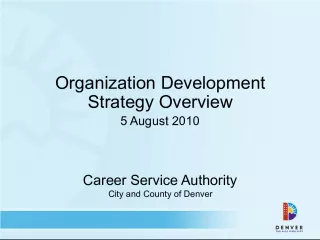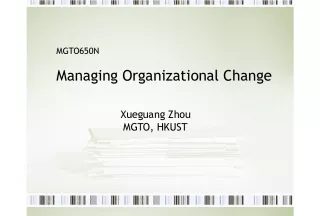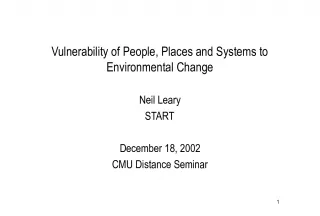Mindfulness: Using the Mind to Change the Mind
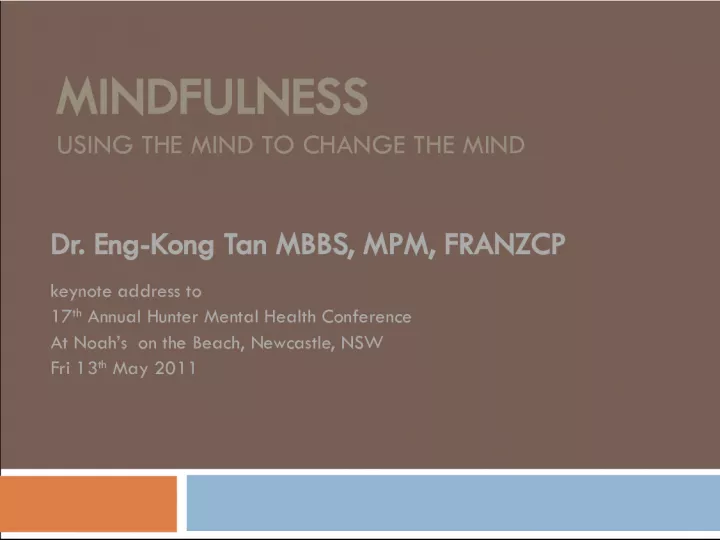

Dr. Eng Kong Tan delivers a keynote address on mindfulness at the 17th Annual Hunter Mental Health Conference. Exploring mindfulness in daily life and as a therapeutic approach, the Eight Fold Path is examined as a path to achieving mindfulness.
- Uploaded on | 1 Views
-
 milford
milford
About Mindfulness: Using the Mind to Change the Mind
PowerPoint presentation about 'Mindfulness: Using the Mind to Change the Mind'. This presentation describes the topic on Dr. Eng Kong Tan delivers a keynote address on mindfulness at the 17th Annual Hunter Mental Health Conference. Exploring mindfulness in daily life and as a therapeutic approach, the Eight Fold Path is examined as a path to achieving mindfulness.. The key topics included in this slideshow are Mindfulness, therapy, Eight Fold Path, mental health, meditation,. Download this presentation absolutely free.
Presentation Transcript
1. MINDFULNESS USING THE MIND TO CHANGE THE MIND Dr. Eng-Kong Tan MBBS, MPM, FRANZCP keynote address to 17 th Annual Hunter Mental Health Conference At Noahs on the Beach, Newcastle, NSW Fri 13 th May 2011
2. MINDFULNESS In Daily Life as a practice as an attitude as a mental set as a mode of being In Therapeutic Setting as a technique as a presence as a therapy as coaching
3. The Eight Fold Path Right speech Right action Ethics Right livelihood Right effort Meditation as a Right mindfulness Mental Development Right concentration Right view Wisdom Right thought
4. 4 FOUNDATIONS of MINDFULNESS 1. Contemplation of the Body 2. Contemplation of Feelings AWARENESS 3. Contemplation of Mind States 4. Contemplation of Teachings INTERACTIONS (Dharma) 4
5. 5 Using the Mind to Change the Mind As the brain changes, the mind changes. As the mind changes, the brain changes. - neurons that fire together, wire together - neural pruning and epigenesis We can use our mind to change our brain to change our mind for the better: self-directed neuroplasticity. The practice of MINDFULNESS and MEDITATIONS are self therapies.
6. WHAT IS THERAPEUTIC MINDFULNESS? 6 Definition: the awareness that emerges through paying attention on purpose, in the present moment, and nonjudgementally to the unfolding of experience moment by moment - Jon Kabat-Zinn
7. PSYCHOTHERAPY REBUILDING the BRAIN 7 Safe & Empathic Relationship emotional/neurobiological context conducive to neural reorganisation Positive and attuned relationship biochemical changes neural plasticity and learning (Schore 1994)
8. NEUROSCIENCE of MEDITATIVE PSYCHOTHERAPY -1- 8 During Intense Emotions Amygdala overactive Traumatic Memories Hippocampus underfunctions Cortex shuts down
9. NEUROSCIENCE of MEDITATIVE PSYCHOTHERAPY 9 Calmness Slowing Down neural nets activated heightens imagery Mindfulness on body neuropeptides useful information digested Focused attention UC is accessed CONSCIOUS implicit memory explicit memory Sense Immediacy memory trace re-coded vulnerable in hippocampus
10. NEUROSCIENCE of MEDITATIVE PSYCHOTHERAPY 10 L Brain R Brain make up causal explanations emotional & sensory data needs time to be connected together (understanding and insight) facilitated by Empathic Attunement (emotional resonance) mediates a new context and meaning via frontal lobes and hippocampus (recovery/healing)
11. MINDFULNESS-BASED THERAPIES 11 M-B Stress Reduction (Jon Kabat-Zinn et al) M-B Cognitive Therapy (Teasdale, et al) Dialectical Behaviour Therapy (Marsha Linehan) Acceptance & Commitment Therapy (Stephen Hayes) Hakomi Therapy (Ron Kurtz) Morita Therapy (Morita) Core Process Psychotherapy (Maura Sills) Meditative Psychotherapy (Eng-Kong Tan)
12. WORK STRESS in NURSES Intensive support in the face of pts suffering Insufficient power & control Dealing daily with pain, loss and trauma Changing work environment
13. SYMPTOMS & SIGNS of Burnout and Compassion Fatigue Boundaries Blurred between work & private life Feeling Unsafe hyper vigilance, hypochondrias Overcritical of self & others Pessimistic cynical, hopelessness Alienation withdrawing, isolating Powerlessness anxious, loss of control Meaninglessness indecisiveness, depression 13
14. BUILDING RESILIENCE BUDDHIST TEACHINGS & PRACTICES MINDFULNESS Training improved concentration managing counter transference BRAHMA VIHARAS Cultivation of: loving-kindness true compassion altruistic joy equanimity 14
15. The Buddha on Lovingkindness Wishing: In gladness and in safety, may all beings be at ease. Omitting none, whether they are weak or strong, the great or the mighty, medium, short, or small, the seen and the unseen, those living near and far away, those born and to-be-born: May all beings be at ease. Let none through anger or ill-will wish harm upon another. Even as a mother protects with her life her child, her only child, so with a boundless heart should one cherish all living beings; radiating kindness over the entire world: spreading upwards to the skies, and downwards to the depths, outwards and unbounded, freed from hatred and ill-will. One should sustain this recollection. This is said to be the sublime abiding.
16. MBSR for Nurses by Dr Cohen-Katz et al, Santa Clara University at Lehigh Valley Hospital, California - 2005 8 wks MBSR, 25 nurses, 46 yrs, 21 yrs in Healthcare RESULTS: Caring for Everyone SELF-CARE Positive changes in Relationships More fully present with Others Less reactive, defensive Resolving old wounds and issues
17. NURSE LEADER Mindfulness Meditation Programme by Dr Pipe et al, at Mayo Clinic Arizona, Phoenix 33 High Function Nurse Leaders randomly assigned to Mindfulness Meditation Course (MMC) or Leadership Course MMC 4 weeks, 2+1 hr/week, at workplace and at low cost
18. NURSE LEADER Mindfulness Meditation Programme (contd) RESULTS: SCL 90 R : significantly more improvement in 10 out of 14 measures Depression, Anxiety Positive Symptom Total Caring Efficacy Scale CONCLUSION: Mindfulness is a way of caring and nurturing self so that LEADERSHIP can be more effective
